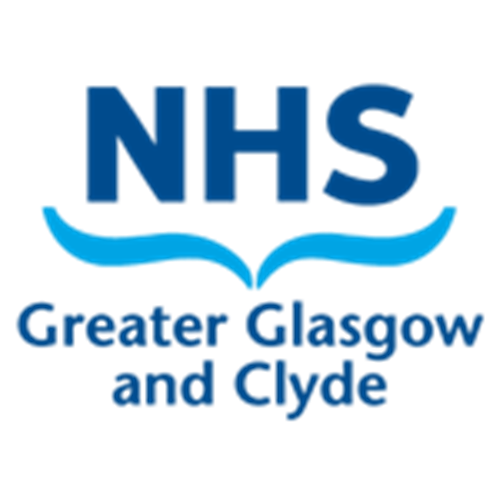Organise Cross Matched Blood if:
|
APH with ongoing bleeding |
2 units |
|
Major APH (e.g. heavy PV bleeding, IV fluids required) +/- additional risk factor, unstable |
4 units |
|
Emergency ERPOC |
1-2 units if most senior Obstetrician or Anaesthetist requests this |
|
LUSCS for placenta praevia |
2 units NB–if no PPH at delivery, blood should be dereserved after maximum 24 hours |
|
LUSCS for suspected accreta |
4 units |
|
PPH >1500ml with ongoing significant bleeding Consider major haemorrhage protocol at 1500ml and activate if ongoing bleeding |
2 units |
|
Haemophilia carrier – Low FVIII/FIX |
2 units |
|
Von Willibrand’s Disease – reduced FVIII/vWF |
2 units |
| CS with fibroids – ≥ 4cm in the lower segment or multiple fibroids |
2 units |
In the case of procedures where blood is not routinely required it can be requested if deemed clinically necessary
|
PPH 500 -1500ml without ongoing bleeding |
G&S and check Hb postpartum If clinically stable, refer to Postpartum Blood Transfusion in Stable Patients Guideline |
|
Red cell antibodies present |
Liaise with Blood Bank to avoid delays in transfusion |
|
LUSCS or labour where Hb <80g/L |
G&S and check Hb postpartum If clinically stable, refer to Postpartum Blood Transfusion in Stable Patients Guideline |
